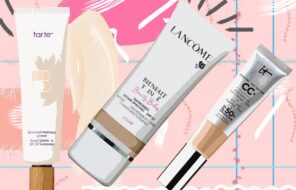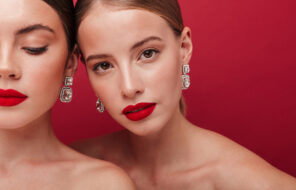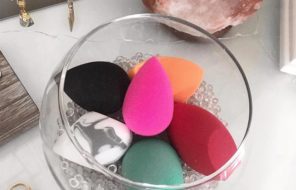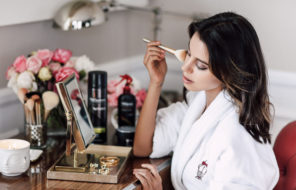Blush is a must-have makeup product. No matter your skin tone, there’s an option out there that’ll give you a flawless glow. Whether you love a classic pink, want to go warm with corals and oranges, or prefer a rich berry, blush is the perfect complement for every face.
If the idea of walking into a beauty store and picking a blush sounds like a daunting task, this how-to article can turn you into a blush pro in no time. Keep reading to learn about all things blush.
Defining blush types
Just like with foundations, blush is available in a multitude of types and textures. The most common options you’ll find include:
- Powders
- Creams
- Liquids
- Stains
Powders
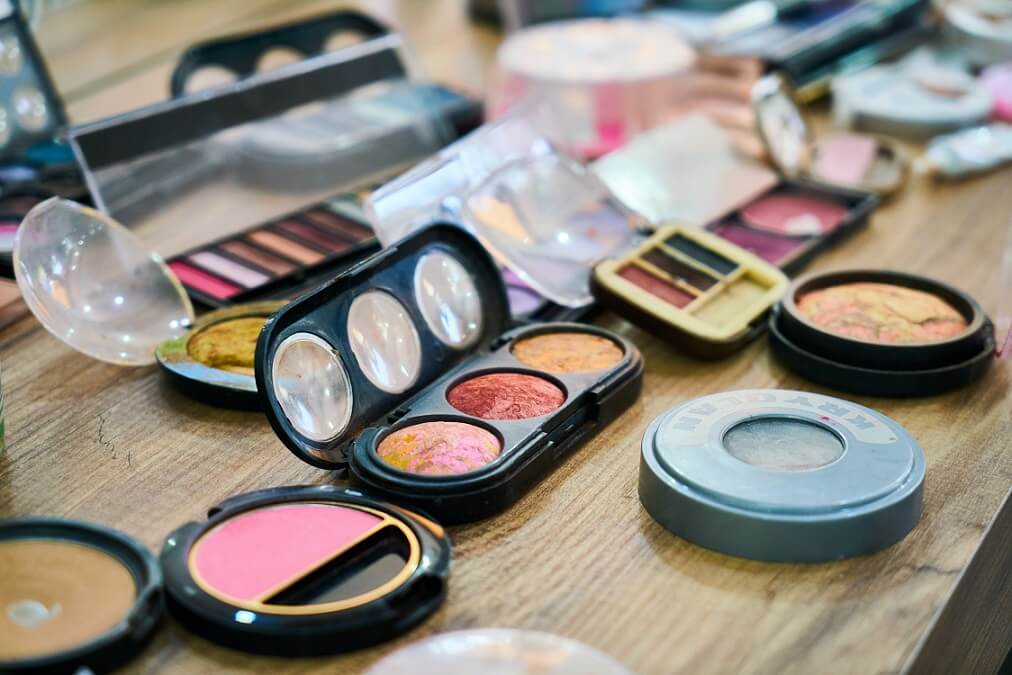
Powder blushes tend to be the go-to and the gold standard for this product category. While matte hues were once the only option, you can also find variants with a subtle shimmer. This is great if you want a blush that can double as a highlighter. Powders can be applied with your fingers or a brush.
Matte powder blushes tend to be ideal for people with oily skin since they won’t have to worry about excess moisture or added shine. Note that powder textures tend to be the most user-friendly and readily available, making them ideal for beginners.
Creams
Cream blushes are excellent for dry skin types. The moisturizing formula works to minimize texture that would otherwise highlight flaking or dull spots. Creams are also usually highly pigmented, ideal if you want to create buildable color or save your budget with a product where a little goes a long way.
However, applying a cream can be intimidating for makeup newbies. Start with a little and add as needed. Likewise, you can apply with your fingers, a brush, or a sponge. If the color saturation is too much for you, consider using a damp brush or sponge to sheer out the color when blending it into your skin.
Liquids
Liquid blush gives you the buildability of cream but appears sheerer. This is best if you’re not into a bold makeup look and prefer something more subtle. However, liquids are still very lightweight and moisturizing. The sheer finish makes them perfect for the no-makeup makeup fans, but you can also find liquid blushes that leave a dewy finish. Additionally, you can apply liquid blushes with your fingers or a sponge.
Stains
Stains offer the most pigment but can also be the most likely to create those “oops” moments, especially for newbies. Many cheek stains are designed to be lip-safe, too. To avoid mistakes, try to work quickly once you apply the stain so that the color doesn’t set before you’ve achieved your desired look.
Blush and your skin tone
After you’ve settled on a complementing blush formula for your skin type, you’ll need to find a color that suits your skin tone. You don’t need to limit yourself to one shade, but you’ll want to know which shade ranges best suit you.
It’s essential to consider your undertone, too, which can influence whether a blush looks too harsh if it’s warmer than your tones. Alternatively, putting a cool-toned blush on skin with warmer undertones can make you look chalky or ashy.
| Skin Tone | Undertone | Best Blush Colors |
|---|---|---|
| Fair | Pink, neutral | Pastel versions of any color are ideal to avoid looking overdone. Prioritize blushes with a cool undertone. |
| Medium | Warm | Peach or rosy pinks are best. |
| Olive | Green, yellow | Warmer blushes with orange or golden hues are complementary. |
| Dark warm | Warm | Vibrant oranges and corals are ideal. |
| Dark cool | Cool | Deep berry or cool-toned red is perfect for this undertone niche. |
Have fun and experiment with blush
Don’t get stuck in a makeup rut. This medium is all about playing with color and new dramatic ways to wear color cosmetics. Whether you decide to rock the sunburnt blush look or dabble in blush draping, there’s no wrong way to play with color.
Regardless of the color you pick or your application method and goals, just remember that less is more. Start light and build your blush to your desired intensity. If you apply too much initially, you’ll have to wipe it off and start over — and that’s no fun.


